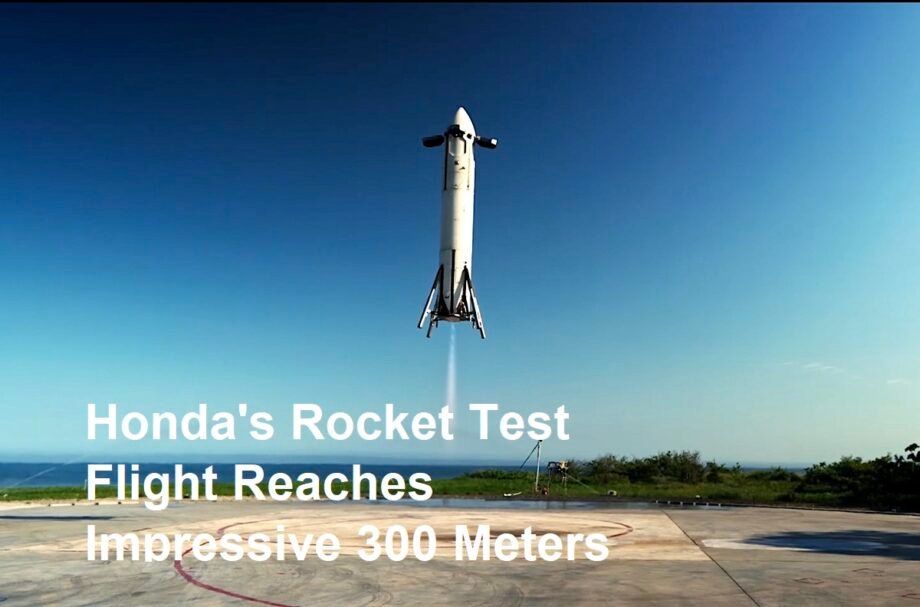Introduction
Honda, a name synonymous worldwide with innovation and engineering excellence, has recently made headlines with its successful rocket test flight, reaching an impressive altitude of 300 meters. This groundbreaking trial marks a significant milestone in Honda’s expansion into aerospace technology, showcasing not just their engineering prowess but also their dedication to pushing the boundaries of technology and innovation.
The Test Flight: A Bold Step Forward
The test launch was conducted under controlled conditions, with Honda unveiling a rocket prototype designed for vertical flight. Achieving a 300-meter altitude, the test demonstrated the effectiveness of Honda’s propulsion and guidance systems, opening new possibilities for future aerospace projects. This vertical takeoff reflects Honda’s desire to diversify beyond their traditional automotive and motorcycle sectors into more futuristic and high-tech arenas.
Engineering Excellence Behind the Success
Behind the success of this rocket flight lies Honda’s decades-long expertise in precision engineering, mechanical systems, and advanced materials. The company leveraged its extensive research and development resources to create a rocket engine capable of reliable, controlled thrust that can propel the vehicle upwards to significant heights.
Honda’s engineers also focused on safety mechanisms and flight stability, essential factors for any aerospace enterprise. The rocket’s design incorporates cutting-edge technology for flight control, and recent tests have confirmed that the systems perform optimally under test conditions.
Why This Matters: Expanding Horizons
Honda’s venture into rocket technology is more than just a novel project — it’s a strategic move that diversifies its portfolio and aligns with global trends in aerospace innovation. As commercial and private space exploration continues to grow worldwide, companies like Honda seek to establish themselves as key players in this lucrative and technologically demanding industry.
The success of the 300-meter flight is an early but promising indicator that Honda could contribute to emerging fields like satellite deployment, atmospheric research, or even space tourism in the future. It highlights Honda’s commitment to sustainability and cutting-edge technology, potentially contributing to advancements in eco-friendly propulsion systems.
Implications for the Aerospace Industry
This achievement by Honda could inspire other automotive and technology companies to invest more seriously in aerospace endeavors. It illustrates the potential for cross-industry innovation, where automotive engineering principles may enhance aerospace design and vice versa.
Moreover, Honda’s progress could accelerate competition in the aerospace sector, fostering new developments that make space technologies more accessible and efficient. Such advancements could have far-reaching impacts on global communication, environmental monitoring, and scientific research.
Future Prospects and Challenges
While the 300-meter rocket flight is a remarkable accomplishment, there remains a long road ahead for Honda before it can establish a significant presence in aerospace. Future tests will need to focus on greater altitudes, sustained flight times, and payload capabilities.
Honda will also need to navigate regulatory requirements, safety certifications, and collaboration opportunities with aerospace agencies and international partners. However, the company’s track record in innovation and quality assurance positions it well to tackle these challenges.
Conclusion
Honda’s successful rocket flight reaching 300 meters marks an exciting chapter in its journey into aerospace innovation. Combining its core engineering strengths with a pioneering spirit, Honda is set to make waves in an industry that promises to reshape the future of technology and exploration. This achievement not only demonstrates Honda’s technical capabilities but also sets the stage for potential breakthroughs in sustainable and advanced rocket propulsion.









